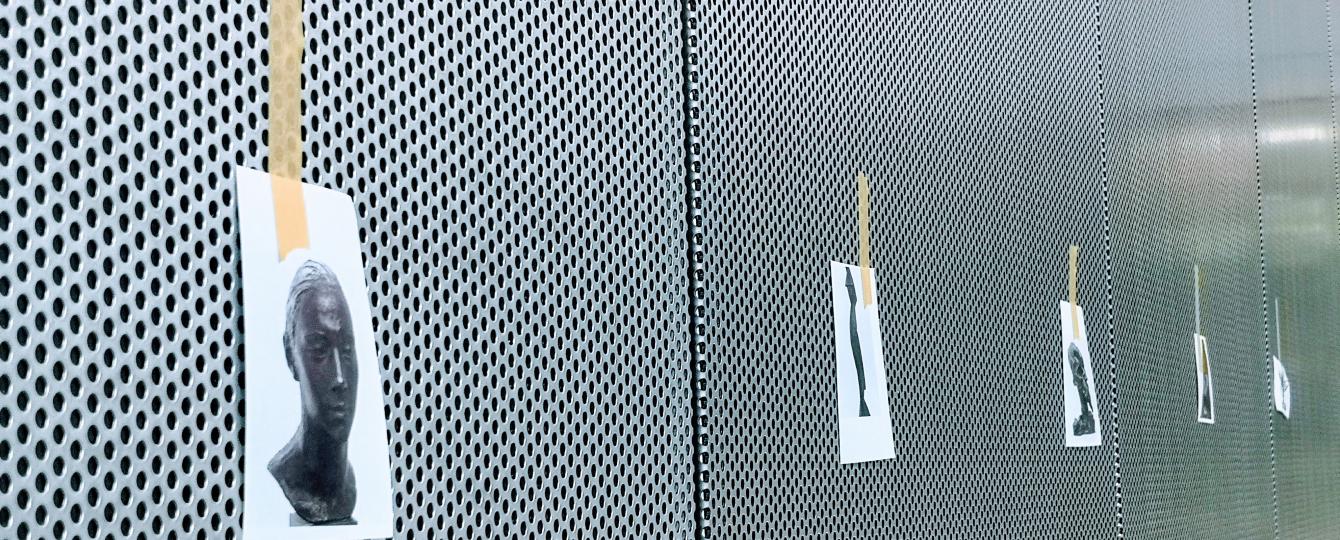The artwork: collector of meanings and values
The artist is the first to give meaning and value to a work, but depending on perspective, context and time, many more are added. Middelheim Museum sees collecting, unlocking and further developing this multitude of meanings and values as an important task. It sets great store by polyphony, in which the public also determines the significance and importance of the collection.
The collection parliament: choosing from different perspectives
This is why the choice of works in the collection pavilion was not made by a single individual or within a single theme: the museum invited a panel of people with different backgrounds to make the selection. This “collection parliament” represented the perspective of Middelheim Museum’s various stakeholders, including the public and artists.
Different values: more than just an art-historical point of view
The parliament selected works of art on the basis of international valuation criteria, which help to understand the various reasons why a work of art can be significant. As a result, there are both obvious masterpieces such as Alberto Giacometti’s Femme de Venise II (1956-57) and unexpected discoveries.
All works of art were valued according to seven criteria.
- The art-historical value, as in Femme à la Voilette (1895), which shows how Medardo Rosso was the pioneer of modern sculpture.
- The general historical value, such as Käthe Kollwitz’s Pietà (1937), which brings together nearly a century of German history.
- The museum-historical value, such as the first purchase for the museum in 1950: La Lupa (1931) by Arturo Martini.
- The social value, as in Madame Stone (L’Américaine) (1927) by Charles Despiau, which is in keeping with the identity of today’s woman as an autonomous personality, as well as with more complex notions of identity and gender fluidity.
- The social-critical value, as in the Group of Congolese Women (1953) by Floris Jespers, originally known as the “group of negresses”: fraught heritage that society looks at very differently today than it did in the past.
- The perception value, such as Patricia Piccinini’s Nest (2006), a great favorite with the public.
- The information value: Richard Deacon’s model Small Mind (1992) gives us an idea of the initial appearance (in wood) of his monumental Never Mind, which exists today in a steel version.



